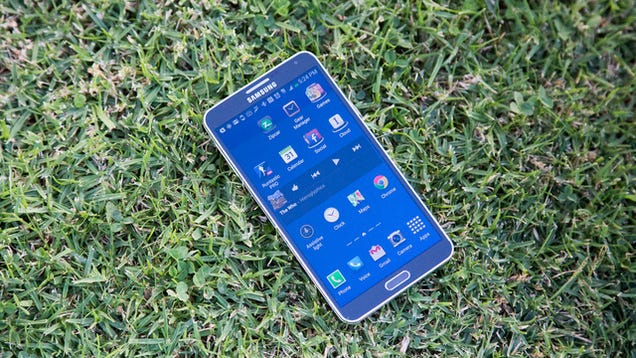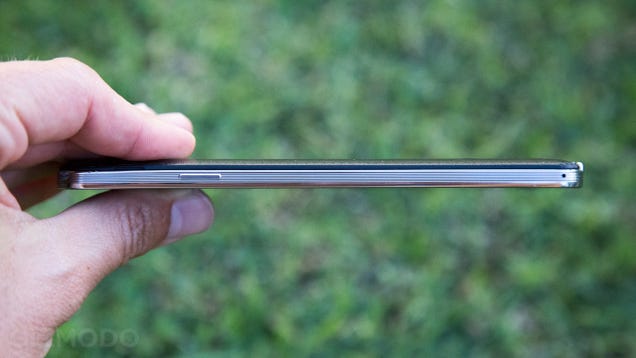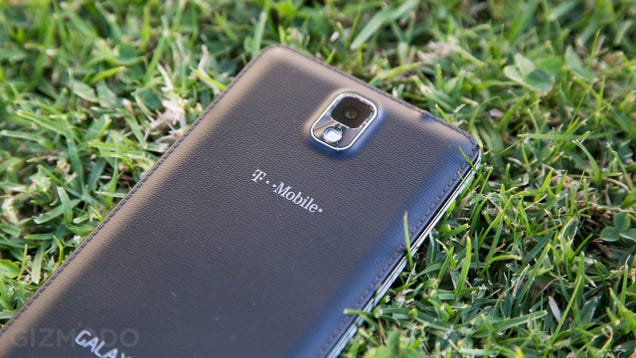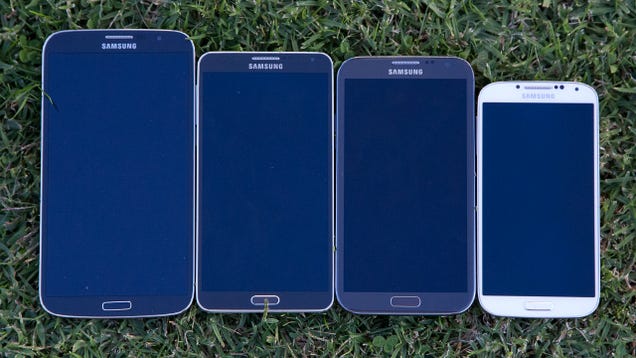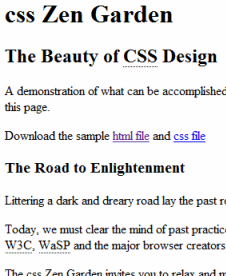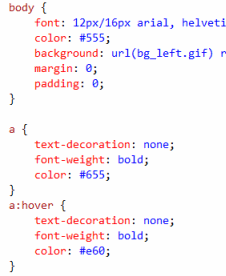Apple has settled into a pattern. While most smartphone makers try to blow our minds once a year with eye-catching new designs, shapes, and sizes, Apple has stuck to its guns: a redesigned iPhone one year, an almost identical-looking iPhone with upgraded internals the next. Is the latest iterative update, the iPhone 5s, worth jumping on? Or is this the year to hold off, or maybe test the Android waters? Let Gizmag try to answer, as we put the new iPhone 5s through the paces.
- Same old, same old
The iPhone 5s is very familiar-looking. If you were hoping for a radical redesign, or something that feels completely different from the iPhone 5, then you're going to be severely disappointed. The 5s' weight and dimensions are identical to its predecessor. And except for its home button, dual-LED flash, and slightly different colors (apparently the gold model is all the rage), it looks identical too. Yep, the 5s is an "s"-series iPhone through-and-through.
Fortunately for Apple, the iPhone 5's look and feel have made a lot of people very happy, so the 5s isn't likely to give many people fits either. Like its predecessor, it's made of anodized aluminum. It's very light (112 g), very thin (7.6 mm), and comfortable in just about any size of hand. It disappears in your pocket more than any high-end phone on the market.
The iPhone 5s isn't the biggest, flashiest, or even the most stunning smartphone around. You could even argue that the iPhone is starting to look pretty boring next to some of its competitors. But it's still a gorgeous, extremely well-built phone. It's hard to get too nit-picky with that.
Too small, or just right?
The screen is also unchanged from the iPhone 5. The 5s' screen quality is still excellent, and isn't cause for any concern. Though high-end Android phones have jumped into 1080p land during the last year, Apple is standing strong with its 326 pixels per inch Retina Display. And we don't have a problem with that. Everything is plenty sharp, colors are as accurate as ever, and the simpler visual design of iOS 7 really stands out on it.
The iPhone's screen size, however, is another matter. Apple likes to fashion itself as a company that follows its own values above all else, not letting market trends or its competitors influence its decisions. It's admirable enough, and probably accurate, given the company's recent stay-the-course, come hell or high water attitude.
But screen size is one area where Apple has fallen behind. Way behind. It's not that there's anything terribly wrong with the iPhone 5s' four-inch display. We're sure that many customers with smaller hands appreciate having a smartphone that's both small and high-end. But the smartphone market has changed. Many customers have shown that they love bigger screens, andrivals like Samsung have been happy to capitalize on that shift in taste. Apple hasn't (yet) responded to that.
The iPhone 5s' screen is very small for a 2013 smartphone. I'd go so far as to call it the phone's biggest deficiency. Now, of course, not everyone wants a huge smartphone or a phablet, and Apple's sales figures prove that. But for the many customers that do want a 5" screen, Apple doesn't seem too worried about you. Customers' tastes may have changed, but Apple is still sticking to its four-inch screen guns.
Is Apple showing remarkable steadiness in the face of pressure, or pig-headed stubbornness that gives its competitors an unnecessary opening? We'll leave that one up to you. But either way, we wouldn't be surprised to see a bigger screen on Apple's 2014 iPhone (likely the iPhone 6). At some point, that turning tide has to play a role.
One advantage of the smaller screen is that it's easier to reach across the screen with one finger than on, say, the Galaxy S4. It makes one-handed tap-typing a little easier too, though a Swype-like trace keyboard would have helped out even more (we're left scratching our heads as to why Apple hasn't added that yet).
That fingerprint sensor
Touch ID is the iPhone 5s' fingerprint sensor, and it's also its killer feature. Living beneath the phone's sapphire home button is a biometric sensor that will learn your fingerprint(s), and let you use it to unlock your iPhone and authorize iTunes and App Store purchases.
Touch ID is classic Apple. It's a brilliant marriage of advanced technology and consumer-centric simplicity. Set a passcode for your phone, train your iPhone 5s to learn your fingerprint (it coaches you to hold your finger on the sensor multiple times), and you'll be able to unlock your phone with a short hold of that finger over the home button. You can train it to learn up to five fingers for yourself or trusted friends or family, and you can also edit and delete trusted prints. Anyone who isn't on the VIP finger list will be out of luck, as they'll need your passcode to get in.
In our testing, Touch ID worked as advertised ... with a few exceptions. The big problem was after I went swimming. Touch ID doesn't respond to wet fingers, which wasn't a surprise at all. But if your fingers get dry and ashy after coming out of the water, it also won't work. A little lotion solved this problem (can't say that phrase has ever popped up in a Gizmag review), but it reminded us that there are times when the feature doesn't always "just work."
The rest of the time, though, Touch ID was the perfect balance of smartphone security and convenience. The cutting-edge technology fades into the background, resisting the temptation to show itself off. Touch ID gives you passcode security without the hassle of entering a passcode.
... just don't expect perfection. And if you're a swimmer, live in a dry climate (I tick both of those boxes), or are just partial to long baths, you might want to lower those expectations even further.
64 bits
The iPhone 5s is extremely fast. In Geekbench 3, it scored a 2,533 (the Galaxy S4 "only" scored 1,851). And the experience of using it matches those insane benchmark results. Everything is zippy, responsive, and immediate. Like a lot of recent high-end phones, there's no reason whatsoever to hesitate about its performance.
The biggest item of note here is Apple's shift to 64-bit architecture in the iPhone 5s' A7 system-on-a-chip. What does this mean for you right now? Probably very little, if anything. It gives Apple a weapon against the claims that it's no longer innovating, and it lays the groundwork for mobile computing that behaves a lot more like desktop computing. It means that iPhones and iPads with 4 GB of RAM could be coming down the road (theGalaxy Note 3 is already inching closer, with 3 GB).
But in regular, day-to-day use today? The iPhone 5s takes the speedy, nothing-to-worry about performance of the iPhone 5, and kicks it up yet another notch.
Camera
The iPhone 5s has an excellent camera, easily among the best you can find on a smartphone. In our testing, low-lit shots were improved over the iPhone 5, while well-lit shots looked as good as ever.
Flash photography got a boost with Apple's dual LED flash (branded as "True Tone"), though our testing didn't necessarily reveal any breakthroughs there. The biggest difference we can tell is that flash photos look more saturated than they would on other phones. This helps, and it's a welcome change. We just didn't find it to be an extremely significant upgrade.
What's that? Want some samples? Okay then ...
Here's a simple shot in direct sunlight:
Here's the same setting in crappy lighting, with the True Tone flash on:
... and this is the same setting without the flash, under low artificial lighting:
You can check out this review's image gallery for a few more samples.
iOS 7
Despite its inconsistency, Touch ID is our favorite part of the iPhone 5s. But our second favorite part? That would be iOS 7, with its fresh coat of "flat design" paint.
User interfaces are always one of the most subjective parts of a smartphone experience, but we like the new look and feel of iOS. It's simpler, it's more to-the-point, and it does away with the frou-frou skeumorphism (heavy reliance on shadows, reflections, and real-world objects) from the iOSes of old. iOS 7 makes sense as a 2013 mobile operating system.
There are, of course, other non-cosmetic upgrades in the new edition of iOS. Command Center is a long overdue improvement, finally putting Apple's software on par with Android and jailbroken iPhones by giving it a quick-access settings menu. Improved multitasking (you now get live card-based previews) and AirDrop file sharing round out some of the highlights.
Battery life
If a smartphone has terrible battery life, no other feature is going to matter. But the iPhone 5s gives you nothing to worry about there. It showed us solid uptimes, in the same ballpark as – though slightly better than – the iPhone 5.
We ran a test where we streamed videos continuously, with Wi-Fi and Bluetooth on, and brightness at 75 percent. In this somewhat-scientific test, the 5s chugged along for six hours and 15 minutes before conking out. That's the best showing we've seen from a smartphone since we started doing that particular test (and no, we haven't put Motorola's battery beast of a smartphone, the Droid Maxx, through that test).
During more typical use, we don't think you'll have anything to be concerned about. The iPhone 5s' battery should easily last a full day with lighter to moderate use.
Wrap-up
We can see the iPhone 5s from two opposing points of view. On one hand, you could easily argue that it's the best overall smartphone out there. It's constructed like a piece of jewelry, it might be the fastest phone in stores right now, and the fingerprint sensor is a breakthrough feature. The 5s delivers a streamlined, rock-solid, fool-proof experience.
On the other hand, you could argue that the iPhone is now the most conservative kid on the block. There's nothing risky about the 5s, and there's nothing that departs much from Apple's successful formula. When you're as profitable as Apple is, "more of the same" is probably a good thing. But the 5s also feels like a very safe update. The most solid phone out there? Could be. But the most exciting phone out there? Not likely.
Which side of that fence you fall on will probably be determined by where you're coming from. If you own an iPhone 5, there's little reason to upgrade. Sure, Touch ID is a handy feature, but really, are you going to plunk down for a new phone just to have better and easier security? The camera is better, but not by such a longshot that it's a selling feature. The 5s is faster, but the iPhone 5 is still plenty zippy for most uses.
If you're coming from an older iPhone (4S or before), then this is going to be a much bigger upgrade. You get a bigger screen, a lighter and thinner build, and upgrades in just about every other area. If you're still on one of those older phones and you're comfortable in the iOS ecosystem, then, by all means, get the 5s. You won't regret it.
If you're coming from a high-end Android phone with a large screen, then the 5s gets a lot harder to recommend. After spending time with a spacious (4.7" to 5") display, switching to the iPhone's four-incher isn't easy. Its screen looks pretty piddly next to its high-end Android competition. Those big screens aren't for everyone, but neither are smaller screens like the iPhone's. You'll need to figure out where your sweet spot is.
So the iPhone 5s is either the best phone on the block, or the most predictable. Or both. Maybe it's like a Rorschach test or a work of abstract art, and your opinion about it says as much about you as it does the phone itself.
Either way, the iPhone 5s is one of the easiest phones of 2013 to recommend. It might have the least wrong with it of any smartphone out there. It isn't revolutionary, but it is the best iPhone yet. And for many, many customers, that will be enough.


















